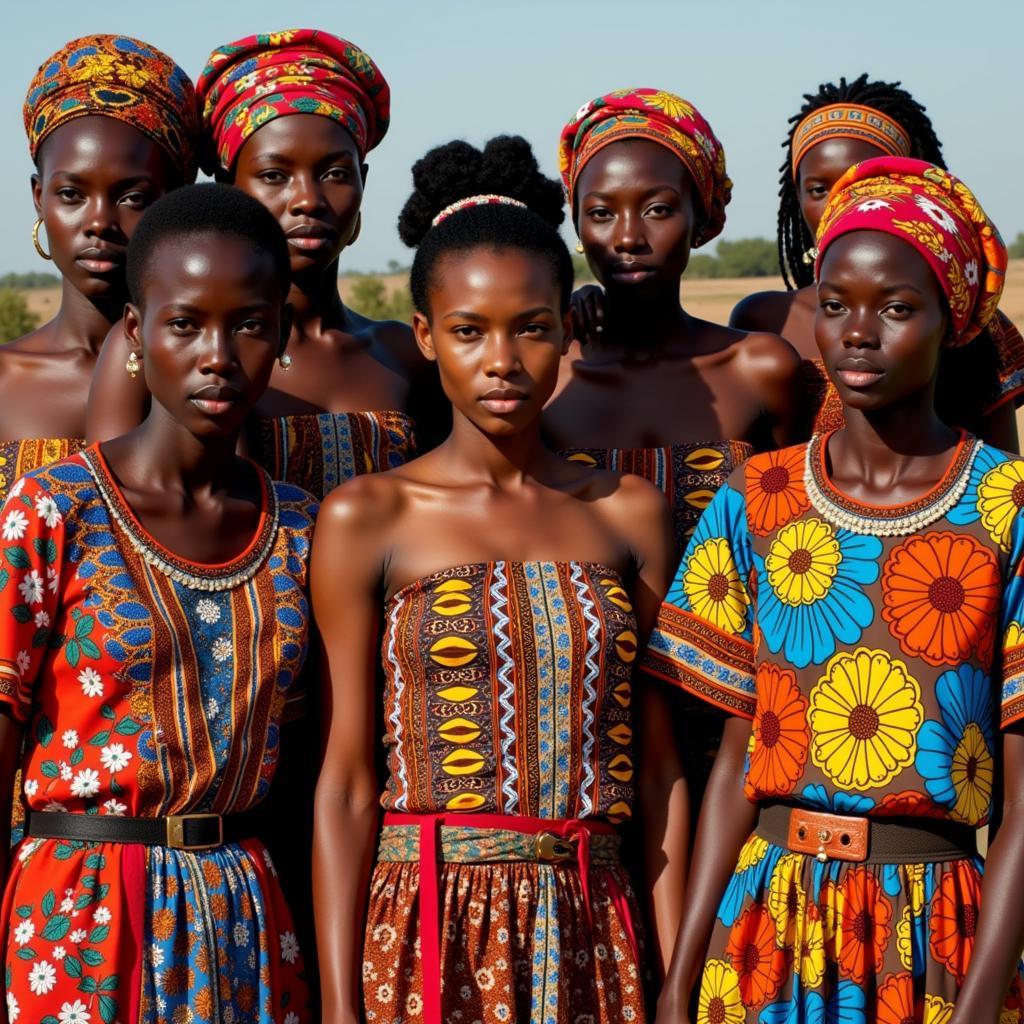Uncovering the Secrets of the African Baobab Tree Age
The African baobab tree, often referred to as the “Tree of Life,” is an iconic symbol of the African landscape, renowned for its extraordinary lifespan and unique, imposing appearance. But just how old can these ancient giants become? Determining the age of a baobab tree is a fascinating journey into the heart of African history and ecology.
Deciphering the Age of Giants: A Look at Baobab Dating Methods
Unlike many tree species, baobabs don’t produce annual growth rings, making traditional tree-ring dating (dendrochronology) impossible. So, how do scientists determine the age of these ancient behemoths?
-
Radiocarbon Dating: This technique, widely used in archaeology, analyzes the decay of carbon-14 isotopes in organic material. By taking samples from the inner core of the baobab, scientists can estimate the tree’s age with a considerable degree of accuracy.
-
Genetic Analysis: Advancements in genetic research have provided another avenue for understanding baobab age. By studying the tree’s DNA and comparing it to known genetic markers, researchers can estimate the time elapsed since specific evolutionary events.
Millennia-Old Trees: Exploring the Age Range of African Baobabs
While pinpointing the exact age of individual baobabs can be challenging, scientific studies suggest a remarkable range:
-
Several Hundred Years: Many mature baobabs scattered across Africa are estimated to be between 200 to 500 years old. These trees have witnessed generations of human history, their massive trunks serving as silent witnesses to the changing tides of time.
-
Over 1,000 Years Old: Several notable baobabs across the continent have been dated to over a millennium in age. These ancient beings, with their gnarled branches and colossal girth, stand as living testaments to the enduring power of nature.
-
The Oldest Baobabs: Using a combination of radiocarbon dating and genetic analysis, researchers have identified baobabs exceeding 2,000 years in age. These incredibly rare specimens offer a glimpse into a time long before recorded history.
Unveiling the Secrets of Longevity: Factors Influencing Baobab Tree Age
What factors contribute to the extraordinary lifespans of these African giants?
-
Resilience to Harsh Conditions: Baobabs have evolved remarkable adaptations to thrive in Africa’s often harsh climates. Their spongy wood can store vast amounts of water, allowing them to survive prolonged droughts.
-
Regeneration and Compartmentalization: Baobabs possess an incredible ability to regenerate damaged tissue. If a section of the trunk is damaged, the tree can isolate the affected area, preventing decay from spreading and ensuring continued growth.
The Cultural Significance of Baobab Trees in Africa
For centuries, baobab trees have held profound cultural and spiritual significance for many African communities:
-
Gathering Places: The vast shade of a baobab often serves as a natural gathering place for meetings, celebrations, and storytelling. These ancient trees become living centers of community life.
-
Sources of Sustenance: Baobab fruit, leaves, and bark have provided sustenance and traditional medicine for generations. The “Tree of Life” truly lives up to its name, offering essential resources to both people and wildlife.
-
Spiritual Symbols: In many African cultures, baobabs are revered as sacred symbols of longevity, wisdom, and connection to the ancestral realm. They are often incorporated into traditional beliefs and ceremonies.
Protecting the Ancients: Conservation Efforts for Baobab Trees
Despite their resilience, baobab trees face increasing threats from:
-
Climate Change: Altering rainfall patterns and increasing drought frequency pose significant challenges to baobab survival, especially for younger trees.
-
Deforestation and Habitat Loss: As human populations expand, baobab habitats are being cleared for agriculture and development, threatening the long-term survival of these ancient giants.
Conservation efforts are crucial for ensuring that these magnificent trees continue to grace the African landscape for generations to come.
African Baobab Tree Age: A Testament to Time
The African baobab tree, with its potential to live for thousands of years, stands as a powerful symbol of resilience, adaptation, and the interconnectedness of nature and culture. Studying these ancient trees provides invaluable insights into African history, ecology, and the importance of conservation efforts to protect these living legends for future generations.


